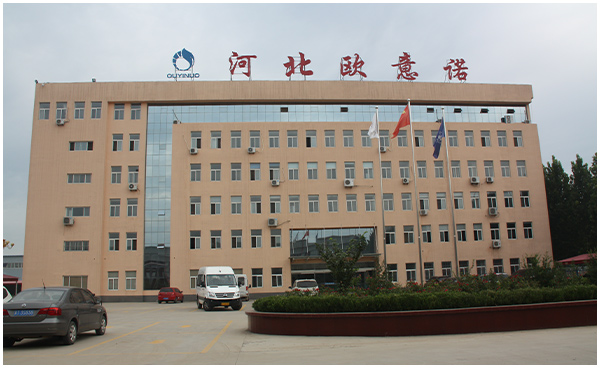
Dec . 04, 2024 16:29
Back to list
cyclone separator
Understanding Cyclone Separators Principles and Applications
A cyclone separator is a type of separator that employs centrifugal force to separate particulates from a fluid stream. This technology is widely used in various industrial applications, particularly in the chemical, food, and pharmaceutical industries, where the efficient separation of solids from liquids and gases is crucial. The fundamental principle behind a cyclone separator is relatively straightforward yet highly effective.
How Cyclone Separators Work
The operation of a cyclone separator involves the introduction of a mixture of gas or liquid and solid particles into the separator’s inlet. The design typically features a cylindrical body with a conical bottom, where the inlet is tangentially located to create a spiraling motion of the incoming fluid. As the mixture enters the cyclone, centrifugal forces act on the particles. This action causes the denser solid particles to move outward to the cyclone wall, where they are forced downwards into a collection area at the bottom, known as the hopper.
The lighter particles, in contrast, remain suspended in the central vortex and exit the separator through the top outlet, discharging the cleaned gas or liquid. This separation process is influenced by factors such as the rotational speed, the size of the particles, and the density of the materials involved. The efficiency of a cyclone separator can vary, often reaching up to 99% for larger particles, making them an attractive option in many industrial scenarios.
Advantages of Cyclone Separators
There are several advantages to using cyclone separators over other separation technologies. One significant benefit is their simple design, which requires minimal maintenance and is often less costly to operate than expensive filtration systems. Since cyclone separators do not use any moving parts, there is less wear and tear, lowering the chance of mechanical failure and maintenance needs.
cyclone separator

Additionally, cyclone separators are highly tolerant to changes in feed conditions, such as variations in flow rates or compositions, making them flexible in operational settings. They also produce minimal contamination since there is no media involved in the separation process, a critical factor in industries dealing with sensitive materials.
Applications of Cyclone Separators
Cyclone separators find applications across various sectors. In the chemical industry, they are used to separate catalyst particles from reactants in processes such as fluidized bed reactors. In the food industry, they can separate starch from other substances during processing, ensuring the purity of the final product.
In the environmental sector, cyclone separators are vital in controlling emissions from industrial processes. They effectively capture dust, ash, and other particulates from exhaust streams, thereby reducing air pollution and safeguarding the environment. These separators also play a critical role in the oil and gas industry, where they are utilized for separating oil, gas, and water during extraction processes.
Conclusion
In summary, cyclone separators are indispensable tools in the realm of industrial separation processes. Their simplicity, efficiency, and versatility make them ideal for a wide range of applications, from particle extraction in the chemical industry to pollution control in environmental management. As industries continue to evolve and demand higher efficiency, cyclone separators remain a reliable solution for the separation of solid and liquid mixtures. With ongoing advancements in technology and research, the effectiveness and applications of cyclone separators are only expected to grow, providing a robust means of achieving cleaner and more efficient industrial processes.
Next:
Latest news
-
Safety Valve Spring-Loaded Design Overpressure ProtectionNewsJul.25,2025
-
Precision Voltage Regulator AC5 Accuracy Grade PerformanceNewsJul.25,2025
-
Natural Gas Pressure Regulating Skid Industrial Pipeline ApplicationsNewsJul.25,2025
-
Natural Gas Filter Stainless Steel Mesh Element DesignNewsJul.25,2025
-
Gas Pressure Regulator Valve Direct-Acting Spring-Loaded DesignNewsJul.25,2025
-
Decompression Equipment Multi-Stage Heat Exchange System DesignNewsJul.25,2025

